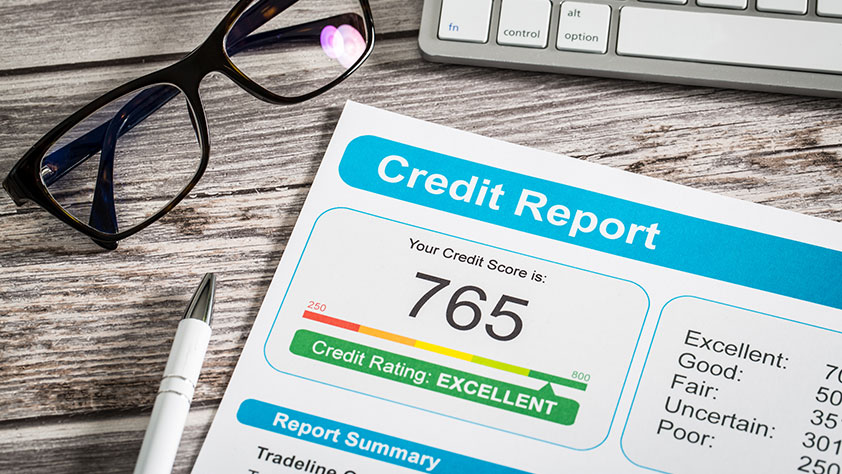How is your credit information used to evaluate your credibility? How can you make sure the information is accurate? This article explains the ins and outs of your credit profile.
Where Does Credit Information Come From?
Your credit report contains information about where you work and live and how you pay your bills. It also may show whether you’ve been sued or have filed for bankruptcy. Companies called Consumer Reporting Agencies (CRAs) or credit bureaus compile and sell your credit report to businesses. Because businesses use this information to evaluate your applications for credit, insurance, employment, and other purposes allowed by the Fair Credit Reporting Act (FCRA), it's important that the information in your report be complete and accurate.
Credit Risk Scores
A credit score helps a lender determine how likely an individual is to repay a loan, or make credit payments on time. When a lender requests a credit report, a score is calculated from a scoring model—a mathematical equation that evaluates many types of information from the applicant’s credit report at that agency. By comparing this information to the patterns in thousands of past credit reports, scoring identifies one’s level of credit risk. Federal law prohibits the use of a person’s ethnic group, religion, gender, marital status and nationality when developing a credit risk score.
Credit Information Characteristics
Listed below are the five main categories of credit information that are used to create a credit score.
Payment History. The first thing any lender would want to know is whether you have paid past credit accounts on time. This is also one of the most important factors in a credit score. An overall good credit picture can outweigh one or two instances of, say, late credit card payments. By the same token, having no late payments in your credit report doesn’t mean you will get a “perfect score.” Approximately 35% of the credit score is based on this category.
Amounts Owed. Having credit accounts and owing money on them does not mean you are a high-risk borrower with a low score. However, owing a great deal of money on many accounts can indicate that a person is overextended, and is more likely to make some payments late or not at all. Approximately 30% of your score is based on this category.
Length of Credit History. In general, a longer credit history will increase your score. However, even people with short credit histories may get high scores, depending on how the rest of the credit report looks. Approximately 15% of the score is based on this category.
New Credit. People tend to have more credit today and to shop for credit—via the Internet and other channels—more frequently than ever. Research shows that opening several credit accounts in a short period of time do represent greater risk—especially for people who do not have a long-established credit history. Approximately 10% of the score is based on this category.
Types of Credit in Use. The score will consider your mix of credit cards, retail accounts, installment loans, finance company accounts and mortgage loans. The credit mix usually won't be a key factor in determining your score—but it will be more important if your credit report does not have a lot of other information on which to base a score. Approximately 10% of the score is based on this category.
Credit Reports
Every individual should obtain a copy of their credit report every year; you can get one free credit report from each of the three major credit bureaus (Equifax, Experian, and TransUnion) every 12 months from annualcreditreport.com. If you find errors in any of the credit reports, contact them at:
- Equifax, P.O. Box 740256, Atlanta, GA 30348, 1-866-349-5186, equifax.com
- Experian, P.O. Box 4500, Allen, TX 75013, 1-800-509-8495, experian.com
- TransUnion, P.O. Box 2000, Chester, PA 19016, 1-800-916-8800, transunion.com

